
Copernical Team
First crewed flight of Boeing Starliner postponed again
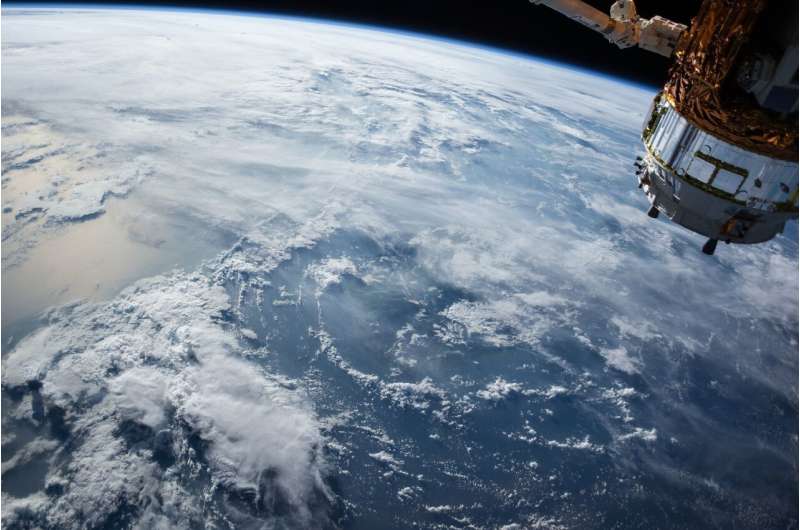
The first crewed launch of Boeing's Starliner to the International Space Station has been delayed again due to a technical issue, NASA said Friday.
The launch in Florida was scheduled for Tuesday but NASA said it is now planned for May 25 to allow teams to further assess a helium leak linked to the service module, which sits on top of the rocket.
Earlier this month, a Starliner launch was postponed just hours before lift-off, with the astronauts already strapped in, due to a separate technical issue.
"The additional time allows teams to further assess" the helium leak, NASA said on its website.
The two astronauts, Butch Wilmore and Suni Williams, are in the meantime staying in Houston, Texas until the mission is ready.
It is another delay in the highly anticipated mission which has faced years of delays and comes at a challenging time for Boeing, as safety questions surround the century-old aerospace titan's commercial aviation arm.
NASA is banking on Starliner's success for its goal of certifying a second commercial vehicle to carry crews to the International Space Station.
'Dad's going up in a rocket!' French businessman set for launch
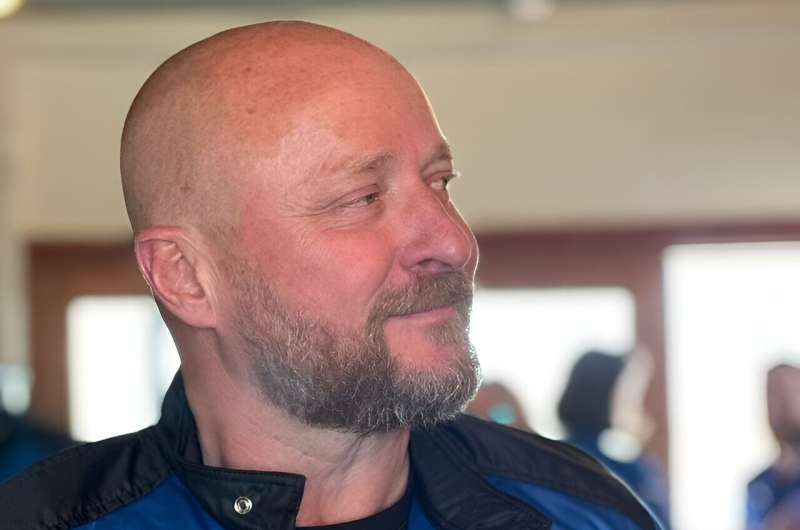
He arrived in Texas, tried on his flight suit for the first time, and is now preparing to live out his childhood dream.
On Sunday, French entrepreneur Sylvain Chiron will board a Blue Origin rocket and blast off into space, joining the select group of humans who have ventured beyond Earth's bounds.
"I never thought I'd get to do this," the 52-year-old, who hails from the mountainous southeastern region of Savoy, told AFP in an interview two days before his adventure.
"We're going to be astronauts for 15 minutes, so a bit like pretend astronauts, but astronauts nonetheless!"
Blue Origin's spaceflights are brief hops just beyond the edge of space and back again—but still allow passengers to admire the curve of the Earth while free floating during a few minutes of weightlessness.
Ariane 6 launches Replicator for 3D printing in open space
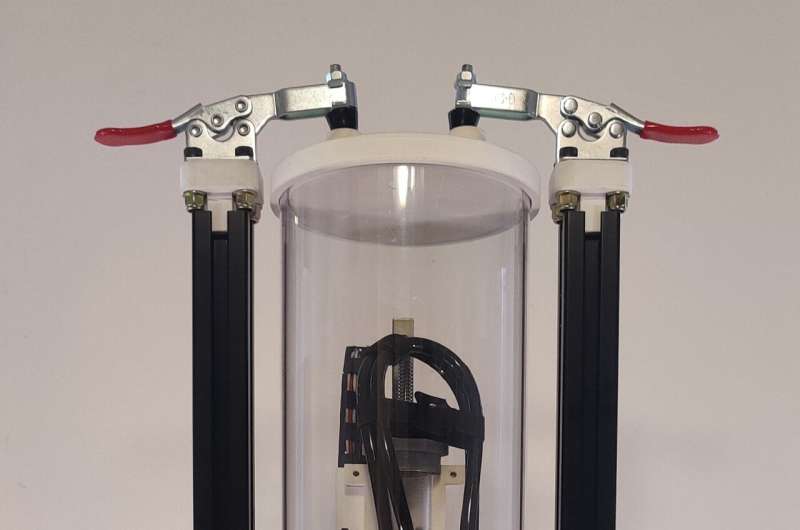
Europe's newest rocket soon launches, taking with it many space missions each with a unique objective, destination and team at home, cheering them on. Whether into Earth orbit to look back and study Earth, peer out to deep space or test important new technologies, Ariane 6's first flight will showcase the versatility and flexibility of this impressive, heavy-lift launcher.
The Replicator mission, from Warsaw, Poland, and Berlin, Germany, based startup Orbital Matter, will launch on Ariane 6 to demonstrate a new 3D printing technology in orbit, potentially opening the door to new space structures that wouldn't have been possible otherwise, made using fewer resources.
The name "Replicator" is a homage to the many forms of advanced manufacturing methods in science fiction, capable of making complex products, ready to use: Star Trek's kitchen microwave-like Replicators could synthesize meals on demand; the Von Neumann Probe is a conceptualized spacecraft capable of exponentially self-replicating; and in the Stargate series, Replicators are a highly advanced machine race capable of reproducing themselves indefinitely.
Week in images: 13-17 May 2024
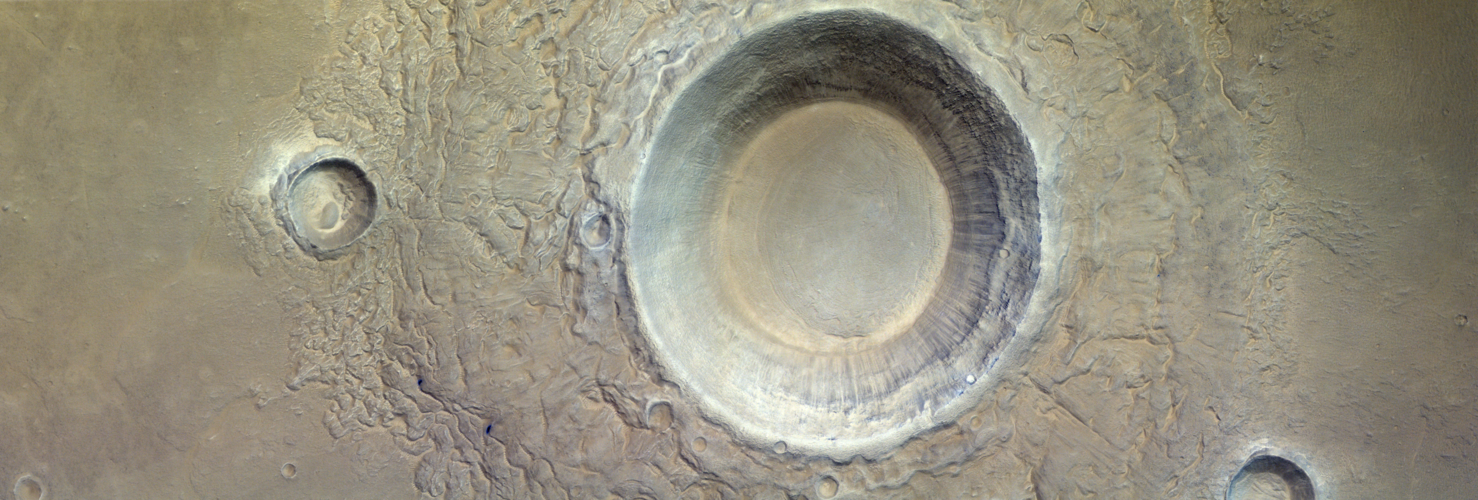
Week in images: 13-17 May 2024
Discover our week through the lens
Media advisory: EarthCARE launch media opportunities

Media advisory: EarthCARE launch media opportunities
What does EarthCARE mean to me?
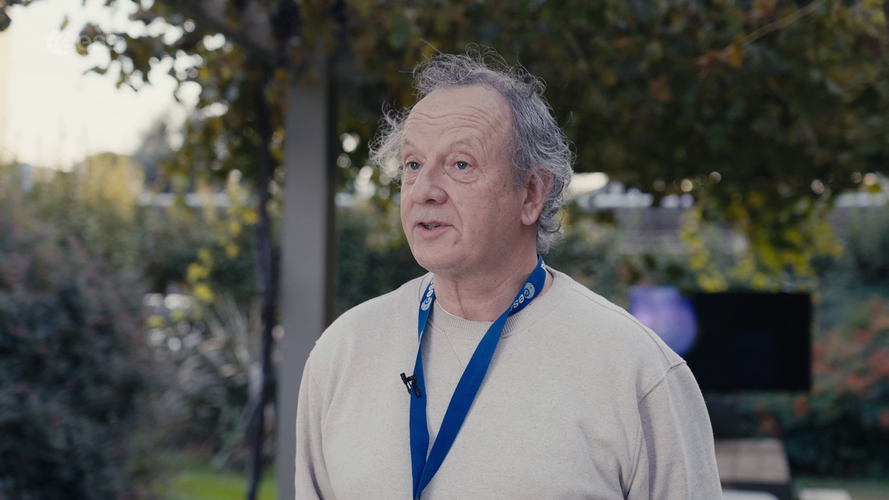 Video:
00:04:43
Video:
00:04:43
A new satellite called EarthCARE launching later this month will provide unprecedented data on clouds and aerosols, contributing to our understanding of climate change. As we approach its launch, join us as we delve into the minds of some of the individuals who have contributed to EarthCARE over the years.
The mission will shed new light on the role that clouds and aerosols play in regulating Earth’s temperature.
This video features interviews with: Dave Donovan, Senior Scientist at the Royal Netherlands Meteorological Institute, Robin Hogan, Senior Scientist at the European Centre for Medium-Range Weather Forecasts, Ulla Wandinger, Senior
Watch live: first Space Station missions for new ESA astronauts
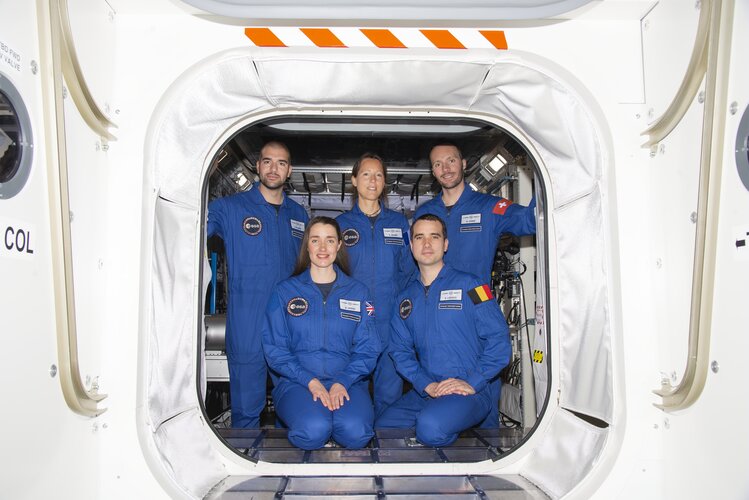
NASA, ESA will search for 'signs of life' on Mars
 NASA and the European Space Agency will search together for signs of life on Mars, the U.S. space administration announced Thursday.
They will collaborate on the ExoMars Rosalind Franklin rover, an ESA-led mission that will launch in 2028 to explore Mars. Under terms of the deal, NASA will provide special heaters and unique parts of the rover propulsion system that are required to land
NASA and the European Space Agency will search together for signs of life on Mars, the U.S. space administration announced Thursday.
They will collaborate on the ExoMars Rosalind Franklin rover, an ESA-led mission that will launch in 2028 to explore Mars. Under terms of the deal, NASA will provide special heaters and unique parts of the rover propulsion system that are required to land Earth from Space: New Zealand’s North Island
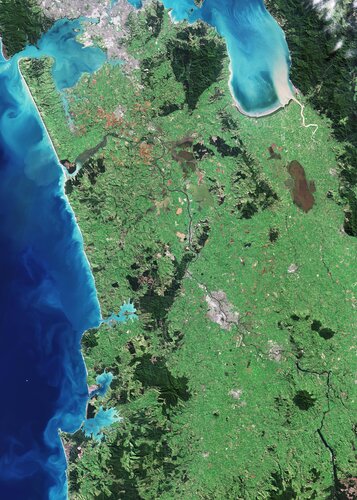 Image:
Captured on 7 May 2024, this Copernicus Sentinel-2 image shows part of New Zealand’s North Island.
Image:
Captured on 7 May 2024, this Copernicus Sentinel-2 image shows part of New Zealand’s North Island. Electromagnetic Levitator turns ten
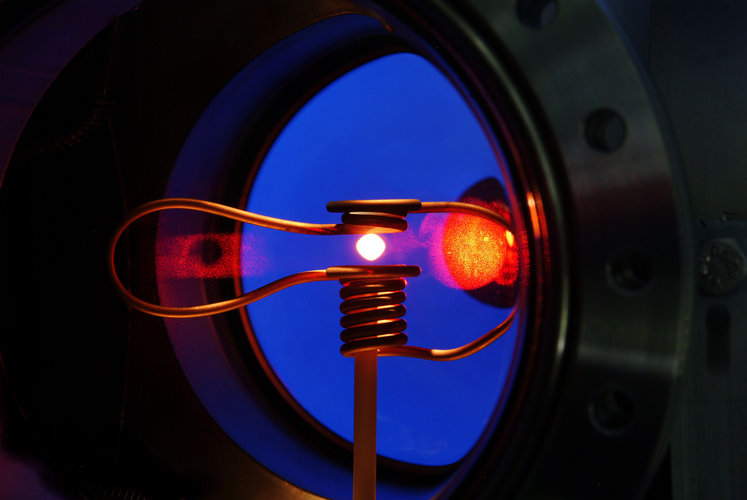
This summer marks the ten-year anniversary of the electromagnetic levitation facility on the International Space Station.

